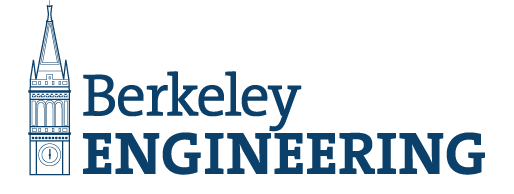Ultrasonic backscatter communication paper published in TBioCAS
Meraj’s paper, Optimizing Volumetric Efficiency and Modeling Backscatter Communication in Biosensing Ultrasonic Implants, was published in the IEEE Transactions on Biomedical Circuits and Systems (TBioCAS). The published PDF can be accessed here.
Ghanbari, Mohammad Meraj, and Rikky Muller. "Optimizing Volumetric Efficiency and Backscatter Communication in Biosensing Ultrasonic Implants." IEEE Transactions on Biomedical Circuits and Systems 14.6 (2020): 1381-1392.
Abstract: Ultrasonic backscatter communication has gained popularity in recent years with the advent of deep-tissue sub- mm scale biosensing implants in which piezoceramic (piezo) resonators are used as acoustic antennas. Miniaturization is a key design goal for such implants to reduce tissue displacement and enable minimally invasive implantation techniques. Here, we provide a systematic design approach for the implant piezo geometry and operation frequency to minimize the overall volume of the implant. Optimal geometry of the implant piezo for backscatter communication is discussed and contrasted with that of power harvesting. A critical design aspect of an ultrasonic backscatter communication link is the response of the piezo acoustic reflection coefficient Γ with respect to the variable shunt impedance, ZE, of the implant uplink modulator. Due to the complexity of the piezo governing equations and multi-domain, electro-acoustical nature of the piezo, Γ(ZE) has often been characterized numerically and the implant uplink modulator has been designed empirically resulting in sub-optimal performance in terms of data rate and linearity. Here, we present a SPICE friendly end-to-end equivalent circuit model of the channel as a piezo-IC co-simulation tool that incorporates inherent path losses present in a typical ultrasonic backscatter channel. To provide further insight into the channel response, we present experimentally validated closed form expressions for Γ(ZE) under various boundary conditions. These expressions couple Γ to the commonly used Thevenin equivalent circuit model of the piezo, facilitating systematic design and synthesis of ultrasonic backscatter uplink modulators.

